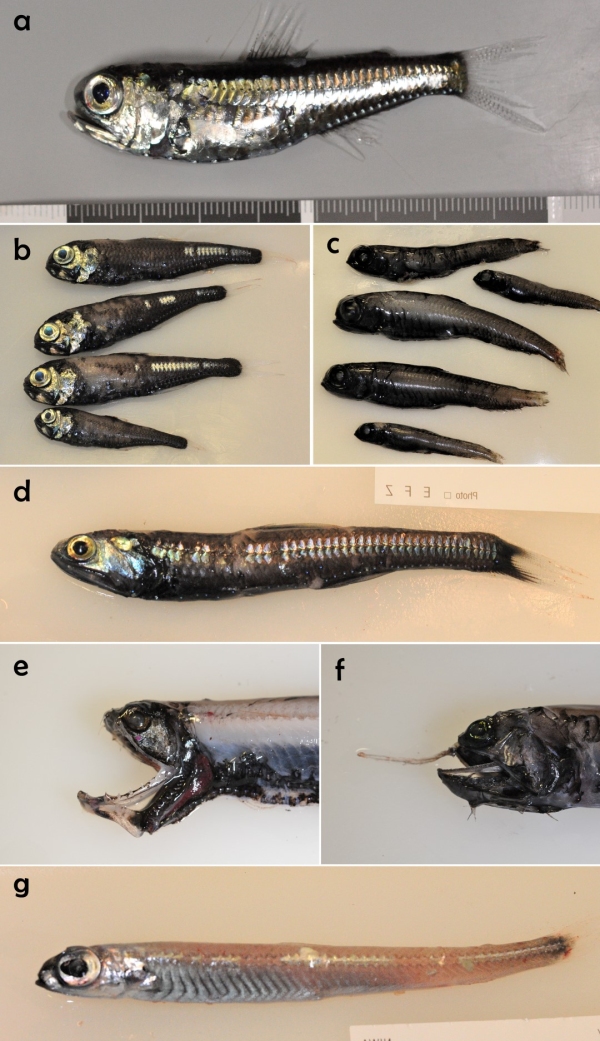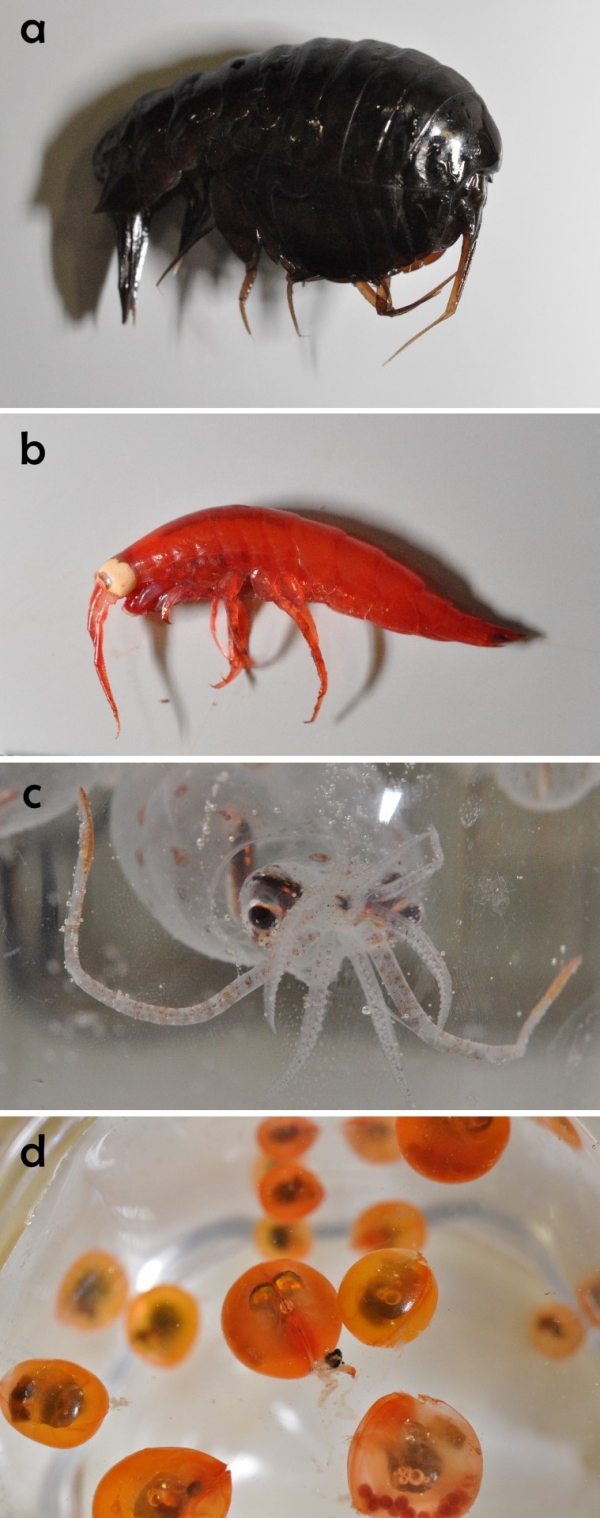By Dr. Pablo Escobar-Flores
Think about a futuristic world where at night time, people use different kind of self-propelled vehicles to hover across cities, illuminating the skies with different colours and shapes, while transiting around them.
This is how I imagine the twilight zone of the open-oceans, a zone where the sunlight doesn’t penetrate, so that darkness is the state of affairs 24/7, and where many bioluminescent organisms live and swim around freely. This twilight-zone, that scientists commonly refer to as the mesopelagic zone (between 200 and 2000 m depth), harbours not only a huge diversity of marine organisms including fish, crustaceans, jellyfish, and squids, but also earth’s largest vertebrate biomass: mesopelagic fish.
Consisting roughly of more than 300 species from about 30 families, mesopelagic fish have an estimated total biomass of about 10 billion tonnes, which is more than 30 times the weight of the entire human population if we consider the average weight of a person to be 50 kg. These silver to dark-coloured deep-living organisms are usually small (2-20 cm), have soft and fragile bodies that are decorated with many blue-green photophores (light organs) used for camouflaging and finding mates and dates. These organs give them their common name of ‘lanternfishes’. Staring at these creatures in a pitch-dark ocean would be awesome!
Mesopelagic fish have an estimated total biomass of about 10 billion tonnes, which is more than 30 times the weight of the entire human population
To study the mesopelagic organisms, we have only a handful of options, and the most common one is active acoustics (sonars) (for more info about acoustics check out our previous blog on 28 Feb 2018). Transmitting sound into the water allows us to receive back acoustic energy reflected by these fish (‘echoes’), which we use to learn about their distribution and abundance. Mesopelagic organisms (mainly fish) are responsible for what is known as the ‘deep scattering layers’, observed in the waters of all oceans at depths between 300 and 900 m. To verify our acoustic measurements and see what species live in a region, from time-to-time, we catch some using nets, which is not an easy task because they are very sneaky. During this Antarctic trip we collected plenty of acoustic data and caught some cool species, check them out!
These very interesting and not-well studied animals play a key role in the open-ocean ecosystem, transferring energy from low (zooplankton) to high (mammals, birds, other fish) levels in the oceanic food chains. Most mesopelagic fishes swim large distances daily during their vertical migrations between deep waters (~500 m), where they hang out during the day, and the top 200 metres of the water column where they feed at night. For one of us, these trips would be the equivalent of going up and gown Mount Everest every day! Through this daily exercise, the mesopelagics contribute notably to the ‘biological pump’ of the open-oceans, actively sinking organic carbon from the top layers down to the deep waters, helping to reduce the CO2 levels in the atmosphere. These little fish not only shine because of their lights, they also shine because they are real stars of the ocean!






